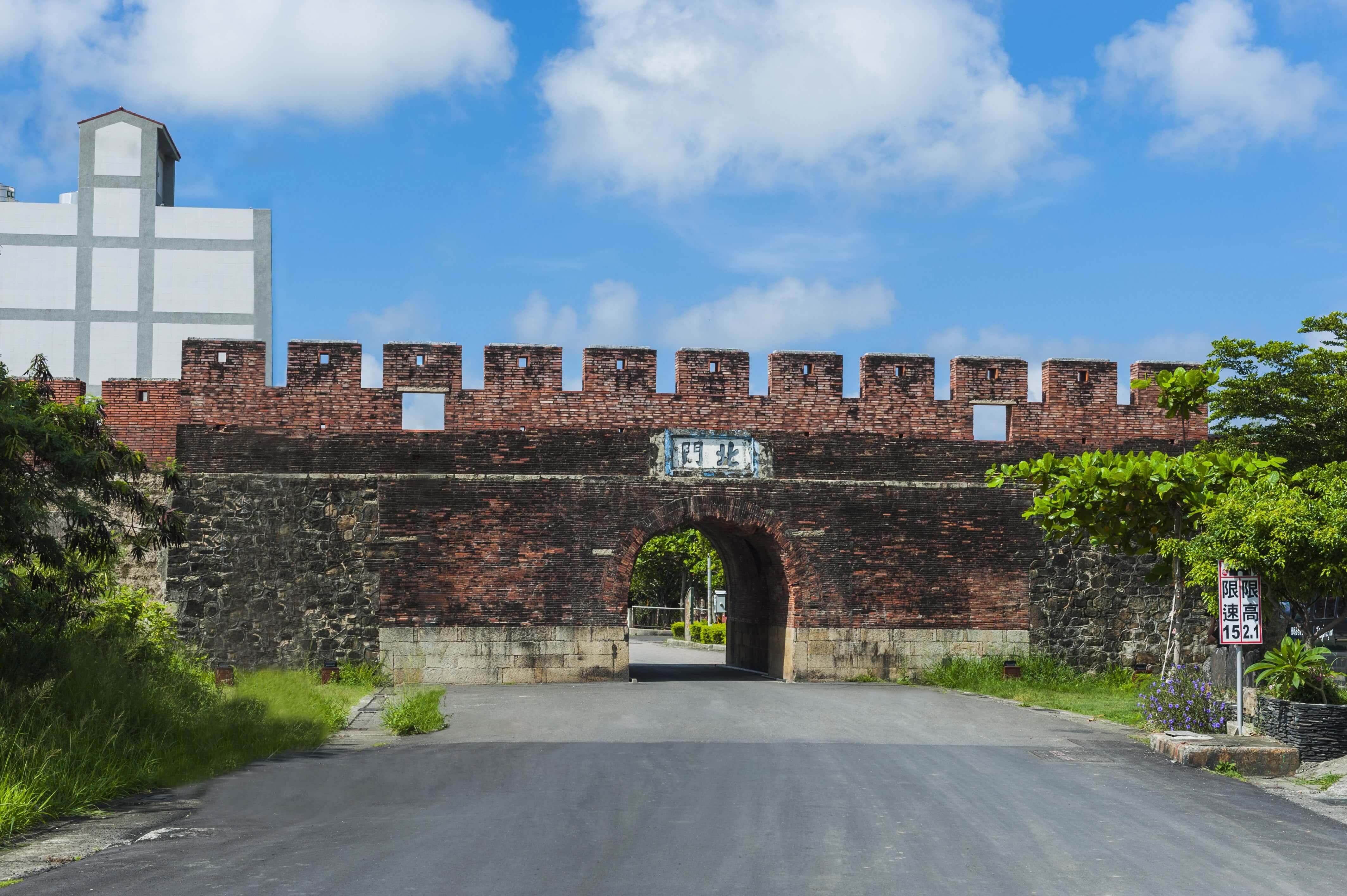Hengchun Old Town Gate Introduction
Kenting Old Town was built in the first year of the Guangxu era of the Qing Dynasty and completed in the fifth year of Guangxu. It is located in the center of the Hengchun Plain, surrounded by mountains such as San Tai Mountain, Hutor Mountain, Longluan Mountain, and Xiping Mountain. The famous geomancer Liu Jiao was hired to assess the feng shui, using Monkey Cave Mountain as the dragon vein. Four city gates were constructed to the east, west, south, and north, each equipped with a battery, and the outer walls are surrounded by a moat, making it a rare and well-preserved ancient city gate relic in Taiwan. Hengchun has a history of over a hundred years, and Kenting Old Town is an important national historic site in Taiwan. What unique features does the structure of the city gates have? Many ancient city remnants are preserved in various counties and cities, with the basic structure including city walls, city gates, batteries, gate towers, moats, slow paths, and horse paths. Taking the eastern city gate of Kenting Old Town as an example: City Wall: The materials used are "glutinous rice paste, sugar syrup, and lime," constructed using the "rammed earth method," which is the oldest construction technique. The horizontal lines visible on the surface of the current city wall are remnants left from the rammed earth construction. City Gates: Hengchun has four city gates. The gates are divided into gate platforms, with the upper part as the "gate tower" and the lower part as the "gate arch." The upper half of the gate platform is made of bricks, while the lower half is constructed with pebbles and mortar, and the base is paved with granite. Gate Lintel: The sizes of the gate lintels of the four city gates vary, made from basalt, and each is adorned with decorative frames. Battery: This is the protruding part of the city wall where cannons can be placed on top. The battery has four cannons, two facing forward, with the other two tilted forward at a 45-degree angle. They are built with granite to withstand the recoil from cannon fire. Moat: This serves as the defensive moat, primarily enhancing the defenses, and the soil from the moat is used for construction. Currently, the moat has been filled with soil or used as drainage ditches. Merlon: This refers to the protruding parts of the city wall that enhance its shape and also serve a defensive function. There are small holes in the center for soldiers to use as cover while shooting, increasing the advantage in both offense and defense. Slow Path: Also known as the "pathway," it is a convenient path for climbing the city. Horse Path: This is the roadway on the city wall for patrolling guards. Parapet: Located on the outer city wall, it serves a function similar to that of a railing.
 Hengchun Ancient City Gate - South Gate
Hengchun Ancient City Gate - South Gate
 East Gate of Hengchun Old Town
East Gate of Hengchun Old Town































